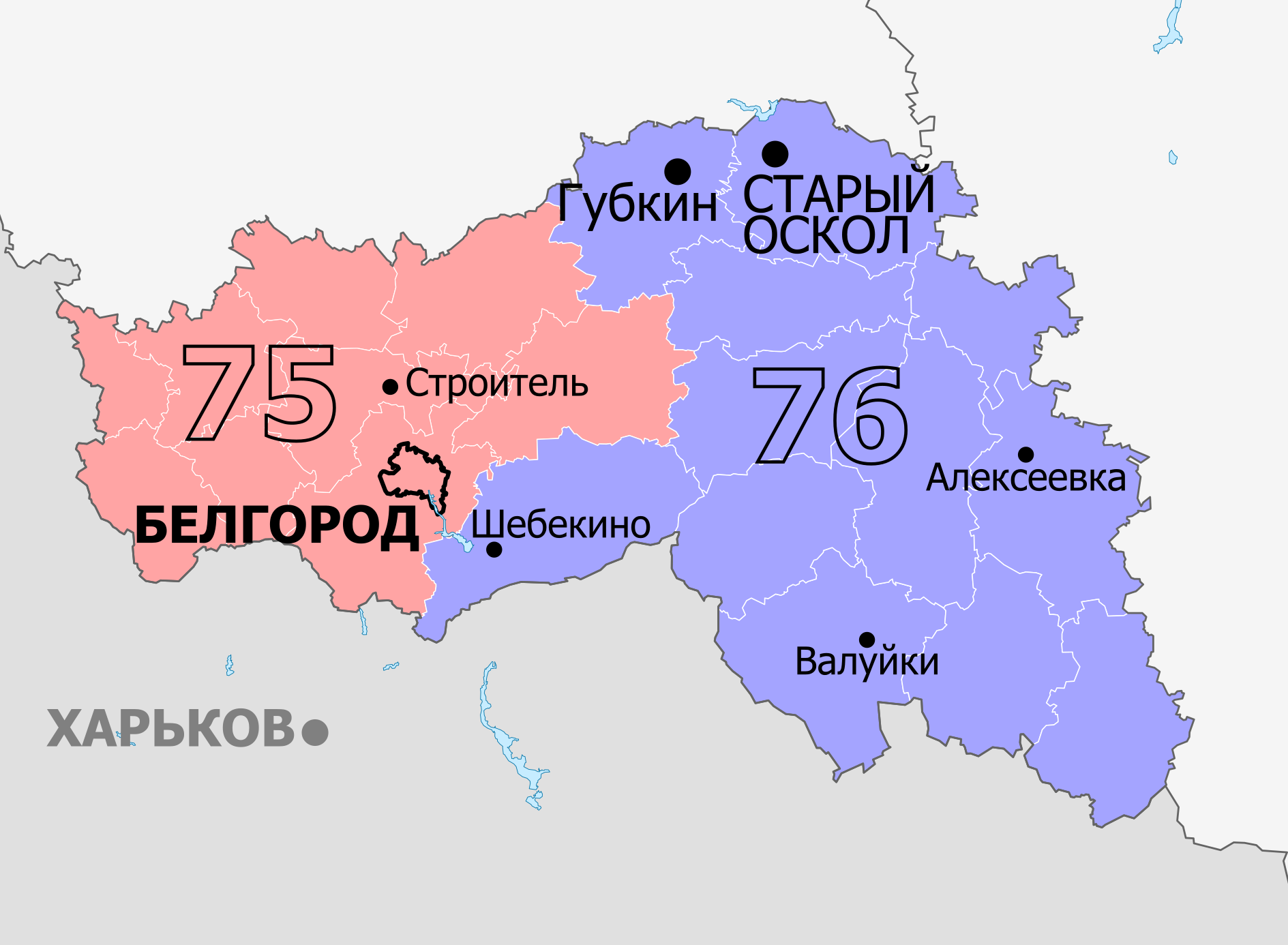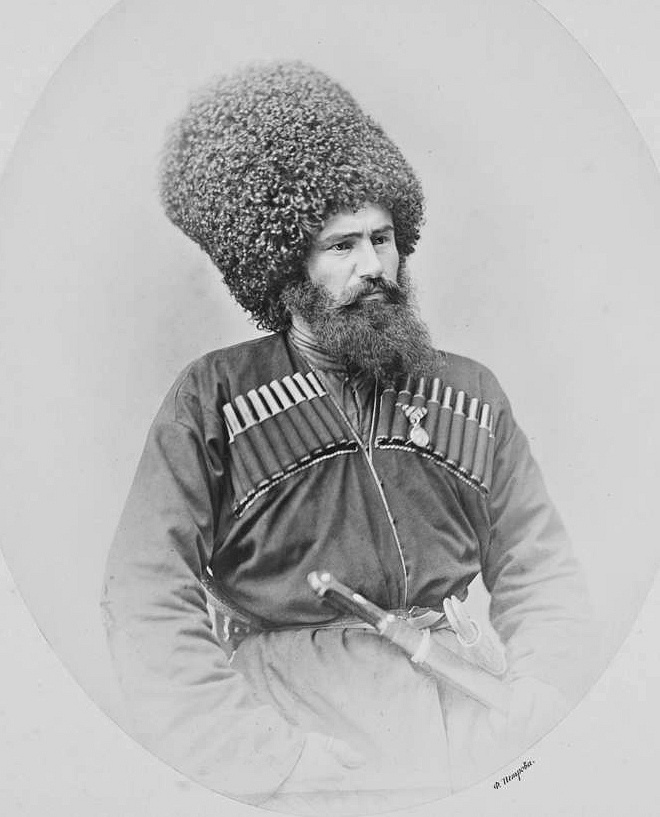|
Central Constituency (Dagestan)
The Central constituency (No.11) is a Constituencies of Russia, Russian legislative constituency in Dagestan. The constituency covers southern Dagestan, stretching alongside Caspian Sea from Makhachkala to the border with Azerbaijan and covering areas populated by Kumyks, Lezgins and Dargins. The present day Northern constituency was created in 2015 from most parts of former Derbent constituency and small territory of former Makhachkala constituency. The constituency has been represented since 2021 Russian legislative election, 2021 by United Russia deputy Murad Gadzhiev, three-term State Duma member and cognac manufacturer, who won the open seat, defeating one-term United Russia incumbent Abdulgamid Emirgamzayev in the primary. Boundaries 2003–2007 Derbent constituency: Agulsky District, Akhtynsky District, Akushinsky District, Dagestanskiye Ogni, Dakhadayevsky District, Derbent, Derbentsky District, Dokuzparinsky District, Izerbash, Karabudakhkentsky District, Kayakentsky Dist ... [...More Info...] [...Related Items...] OR: [Wikipedia] [Google] [Baidu] |
Murad Gadzhiev
Murad Stanislavovich Gadzhiev (; born 31 July 1961) is a Russian political figure and a deputy of the 6th State Duma, 6th, 7th State Duma, 7th and 8th State Dumas. In 2000 he was granted a Candidate of Sciences, Candidate of Agricultural Sciences degree. In 1993 Gadzhiev became the director of the Derbent cognac factory. Later he became a deputy of the People's Assembly of the Republic of Dagestan. In 2011 he was elected deputy of the 6th State Duma from the Dagestan constituency. Gadzhiev ran with the United Russia. In 2016 and 2021 he was re-elected for the 7th State Duma, 7th and 8th State Dumas respectively. Sanctions He was sanctioned by the UK government in 2022 in relation to the Russo-Ukrainian War. Awards * Order of Friendship * Order of Honour (Russia), Order of Honour References 1961 births Living people People from Makhachkala United Russia politicians Russian individuals subject to United Kingdom sanctions Sixth convocation members of the State Duma ... [...More Info...] [...Related Items...] OR: [Wikipedia] [Google] [Baidu] |
Constituencies Of Russia
Legislative constituencies are used in Russia to elect half of the seats (225) in the State Duma. Each Federal subjects of Russia, Federal Subject gets a certain amount of constituencies, proportional to their population, with every Federal subjects of Russia, Federal Subject getting at least one. Every constituency is a single-mandate one, meaning each constituency sends one representative (also known as a Deputy) to the State Duma. Constituencies are created and their boundaries drawn by the Central Election Commission (Russia), Central Election Commission. According to Federal Law (Russia), Federal Law, the layout of constituencies are to be used for 10 years. Using these current constituencies, elections were held to the State Duma in 2016 Russian legislative election, 2016 and 2021 Russian legislative election, 2021. List Below is the list of Constituencies of Russia, organised by Federal subjects of Russia, federal subject. Adygea * Adygea constituency, Adygea constituenc ... [...More Info...] [...Related Items...] OR: [Wikipedia] [Google] [Baidu] |
Akushinsky District
Akushinsky District (; Dargwa: ) is an administrativeLaw #16 and municipalLaw #6 district (raion), one of the forty-one in the Republic of Dagestan, Russia. It is located in the southern central part of the republic. The area of the district is . Its administrative center is the rural locality (a '' selo'') of Akusha. As of the 2010 Census, the total population of the district was 52,558, with the population of Akusha accounting for 8.8% of that number. Administrative and municipal status Within the framework of administrative divisions, Akushinsky District is one of the forty-one in the Republic of Dagestan. The district is divided into thirteen selsoviet A selsoviet (; , ; ) is the shortened name for Selsky soviet, i.e., rural council (; ; ). It has three closely related meanings: *The administration (''soviet (council), soviet'') of a certain rural area. *The territorial subdivision administered ...s which comprise eighty rural localities. As a municipal divis ... [...More Info...] [...Related Items...] OR: [Wikipedia] [Google] [Baidu] |
Akhtynsky District
Akhtynsky District (; ) is an administrativeLaw #16 and municipalLaw #6 district (raion), one of the administrative divisions of the Republic of Dagestan, forty-one in the Republic of Dagestan, Russia. It is located in the south of the republic and borders with Rutulsky District, Rutulsky, Kurakhsky District, Kurakhsky, Magaramkentsky District, Magaramkentsky, and Dokuzparinsky Districts; in the southwest it has a long border with Azerbaijan. The area of the district is . Its administrative center is the types of inhabited localities in Russia, rural locality (a ''village#Russia, selo'') of Akhty. As of the Russian Census (2010), 2010 Census, the total population of the district was 32,604, with the population of Akhty accounting for 41.1% of that number. Geography The Samur River flows in the north of the district from west to east. The Akhtychay River flows from southwest to northeast of the district and into the Samur River in Akhty. Gelmets-Akhtynsky Ridge is located bet ... [...More Info...] [...Related Items...] OR: [Wikipedia] [Google] [Baidu] |
Agulsky District
Agulsky District () is an administrativeLaw #16 and municipalLaw #6 district (raion), one of the forty-one in the Republic of Dagestan, Russia. It is located in the south of the republic. The area of the district is . Its administrative center is the rural locality (a '' selo'') of Tpig. As of the 2010 Census, the total population of the district was 11,204, with the population of Tpig accounting for 24.4% of that number. Administrative and municipal status Within the framework of administrative divisions, Agulsky District is one of the forty-one in the Republic of Dagestan. The district is divided into six selsoviet A selsoviet (; , ; ) is the shortened name for Selsky soviet, i.e., rural council (; ; ). It has three closely related meanings: *The administration (''soviet (council), soviet'') of a certain rural area. *The territorial subdivision administered ...s which comprise nineteen rural localities. As a municipal division, the district is incorporated as A ... [...More Info...] [...Related Items...] OR: [Wikipedia] [Google] [Baidu] |
State Duma
The State Duma is the lower house of the Federal Assembly (Russia), Federal Assembly of Russia, with the upper house being the Federation Council (Russia), Federation Council. It was established by the Constitution of Russia, Constitution of the Russian Federation in 1993. The Duma headquarters are located in central Moscow, a few steps from Manezhnaya Square, Moscow, Manege Square. Its members are referred to as deputies. The State Duma replaced the Supreme Soviet of Russia, Supreme Soviet as a result of the new constitution introduced by Boris Yeltsin in the aftermath of the Russian constitutional crisis of 1993, and approved in a 1993 Russian constitutional referendum, nationwide referendum. In the 2007 Russian legislative election, 2007 and 2011 Russian legislative elections a full party-list proportional representation with 7% electoral threshold system was used, but this was subsequently repealed. The legislature's term length was initially 2 years in the 1993–1995 ele ... [...More Info...] [...Related Items...] OR: [Wikipedia] [Google] [Baidu] |
2021 Russian Legislative Election
Legislative elections were held in Russia from 17 to 19 September 2021. At stake were 450 seats in the 8th State Duma, 8th convocation of the State Duma, the lower house of the Federal Assembly (Russia), Federal Assembly. Going into the elections, United Russia was the ruling party after winning the 2016 Russian legislative election, 2016 elections with 343 of the 450 seats, and retaining a supermajority. In March 2020, it was proposed to hold a snap election in September 2020 due to proposed 2020 amendments to the Constitution of Russia, constitutional reforms, but this idea was abandoned. On 18 June 2021, Vladimir Putin signed a decree calling the election for 19 September the same year. Owing to the COVID-19 pandemic in Russia, voting in the election lasted for three days, from 17 to 19 September. Final turnout was reported to be 51.72%. Fifteen political parties applied for participation, 14 of which were guaranteed automatic access to the ballots, and one unsuccessfully atte ... [...More Info...] [...Related Items...] OR: [Wikipedia] [Google] [Baidu] |
Makhachkala Constituency
The Northern constituency (No.10) is a Russian legislative constituency in Dagestan. The constituency covers northern Dagestan, mostly populated by Kumyks, Nogais and Russians. The present day Northern constituency was created in 2015 from most parts of former Makhachkala constituency and small territory of former Buynaksk constituency. The constituency has been represented since 2021 by United Russia deputy Abdulkhakim Gadzhiyev, Police Major General and Rosgvardiya officer, who won the open seat, succeeding two-term United Russia incumbent Umakhan Umakhanov. Boundaries 1993–2003 Makhachkala constituency: Babayurtovsky District, Karabudakhkentsky District, Kaspiysk, Kazbekovsky District, Khasavyurt, Khasavyurtovsky District, Kizilyurt, Kizilyurtovsky District, Kizlyar, Kizlyarsky District, Kumtorkalinsky District, Makhachkala, Nogaysky District, Novolaksky District, Tarumovsky District, Yuzhno-Sukhokumsk The constituency covered northern half of Dagestan, includi ... [...More Info...] [...Related Items...] OR: [Wikipedia] [Google] [Baidu] |
Dargins
Dargins or Dargwa (, ''darganti'') are a Northeast Caucasian native ethnic group originating in the North Caucasus, and who make up the second largest ethnic group in the North Caucasian republic of Dagestan. They speak the various Dargin languages. According to the 2021 Census, Dargins make up 16.6% of the population of Dagestan, with 521,381 people. They are concentrated in the Kaytagsky District, Dakhadayevsky District, Levashinsky District, Akushinsky District and Sergokalinsky Districts. The Dargins have lived in their present-day location for many centuries. They formed the state of Kaitag in the Middle Ages and Renaissance until Russian conquest. Today, the Dargins are one of the most numerous ethnic groups in Dagestan (an amalgamation of many of the historical peoples in the region), the second most numerous after Avars. Origin Regarding the origin of Northeast Caucasian peoples, two hypotheses were put forward — the autochthonous one (developed in the works ... [...More Info...] [...Related Items...] OR: [Wikipedia] [Google] [Baidu] |
Lezgins
Lezgins ( or ) are a Northeast Caucasian ethnic group native to southern Dagestan, a republic of Russia, and northern Azerbaijan, who speak the Lezgin language. Their social structure is firmly based on equality and deference to individuality. Lezgin society is structured around ''djamaat'' () and has traditionally been egalitarian and organised around many autonomous local clans, called sykhyls (сихилар). The land of the Lezgins has been subject to multiple invaders throughout history. Its isolated terrain and the strategic value outsiders have placed on the areas settled by Lezgins has contributed much to the Lezgin community ethos and helped shape its national character. Due to constant attacks from the invaders, the Lezgins have developed a national code of honor and conduct, Lezgiwal, passed down from generation to generation by parents and society. It implies moral and ethical behaviour, generosity and the will to safeguard the honor of women. Etymology The e ... [...More Info...] [...Related Items...] OR: [Wikipedia] [Google] [Baidu] |
Kumyks
Kumyks (, ) are a Turkic ethnic group living in Dagestan, Chechnya and North Ossetia. They are the largest Turkic people in the North Caucasus. They traditionally populate the Kumyk Plateau (northern Dagestan and northeastern Chechnya), lands bordering the Caspian Sea, areas in North Ossetia, Chechnya and along the banks of the Terek River. They speak the Kumyk language, which until the 1930s had been the lingua franca of the Northern Caucasus. Territories where Kumyks have traditionally lived, and where their historical state entities used to exist, are called KumykiaВалерий Александрович Тишков, Вадим Александрович Александров -Народы России: энциклопедия Науч. изд-во Большая российская энциклопедия, 1994 — С.214А. Л. Нарочницкий. И90 История народов Северного Кавказа (конец XVIII в. — 1917 г.). � ... [...More Info...] [...Related Items...] OR: [Wikipedia] [Google] [Baidu] |



